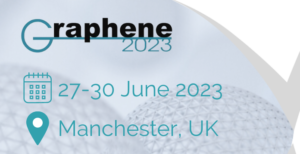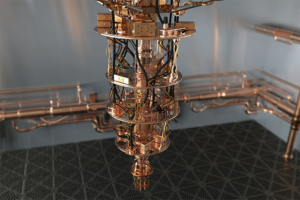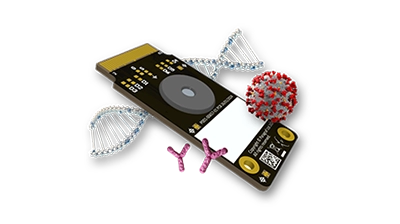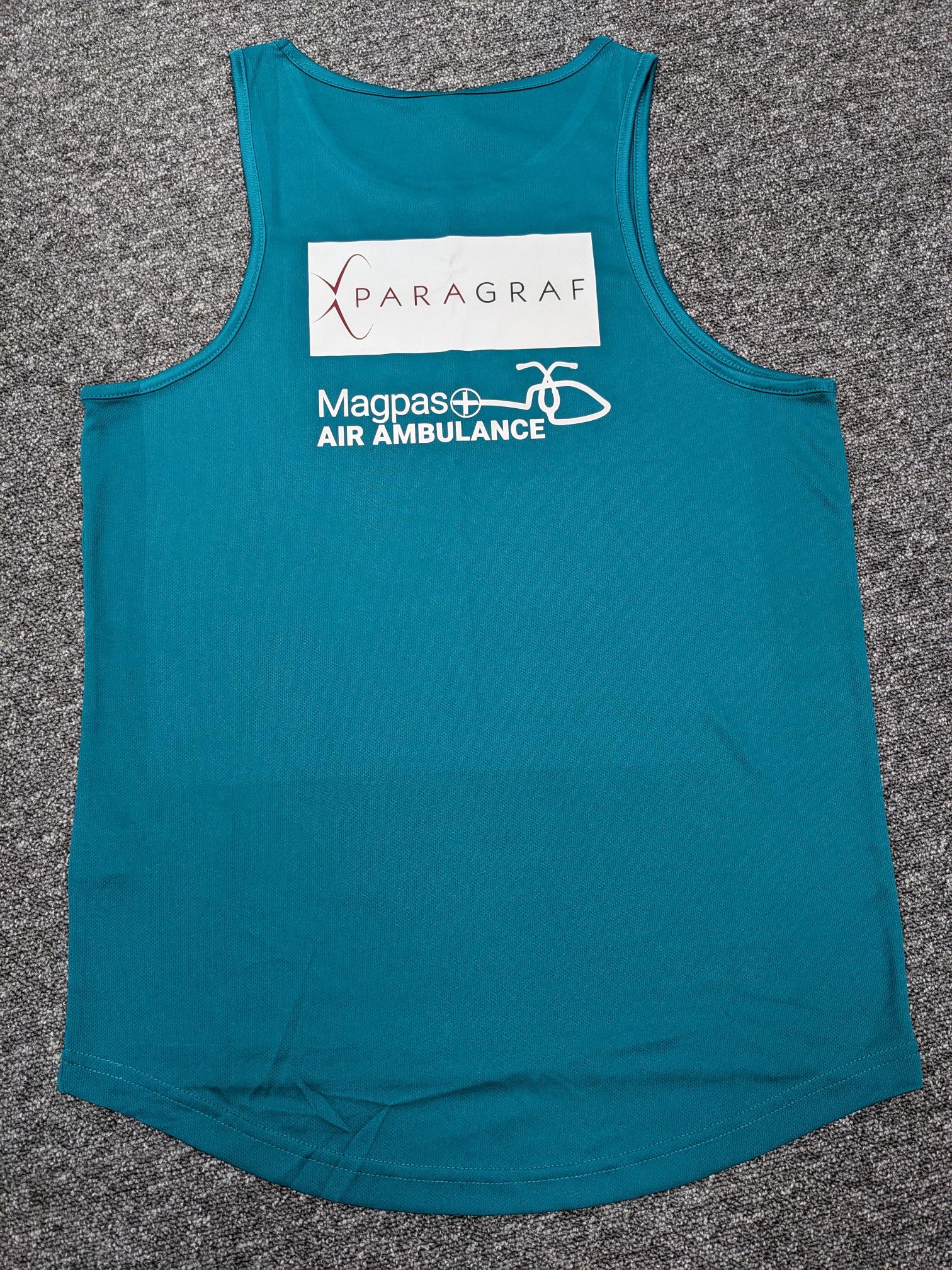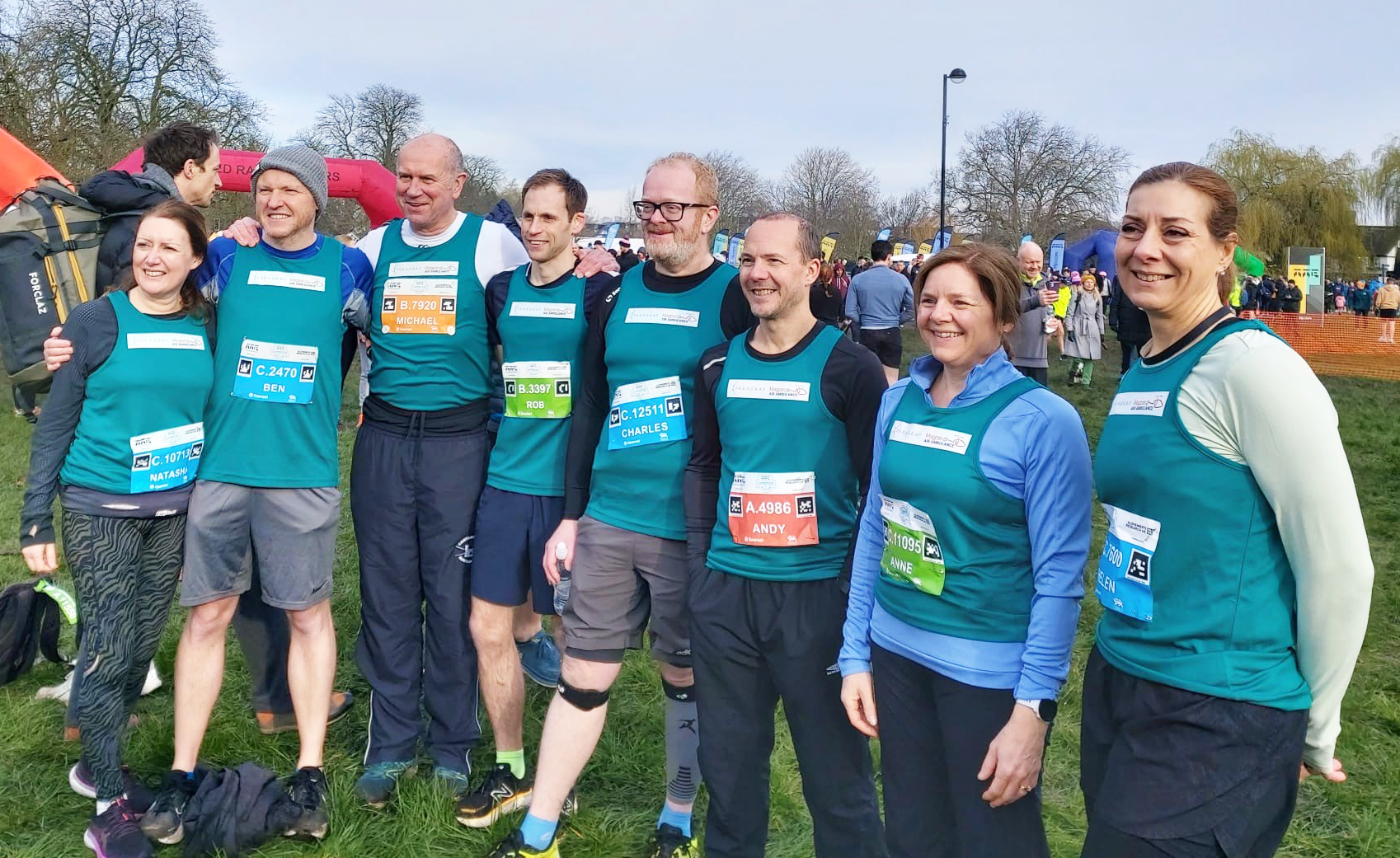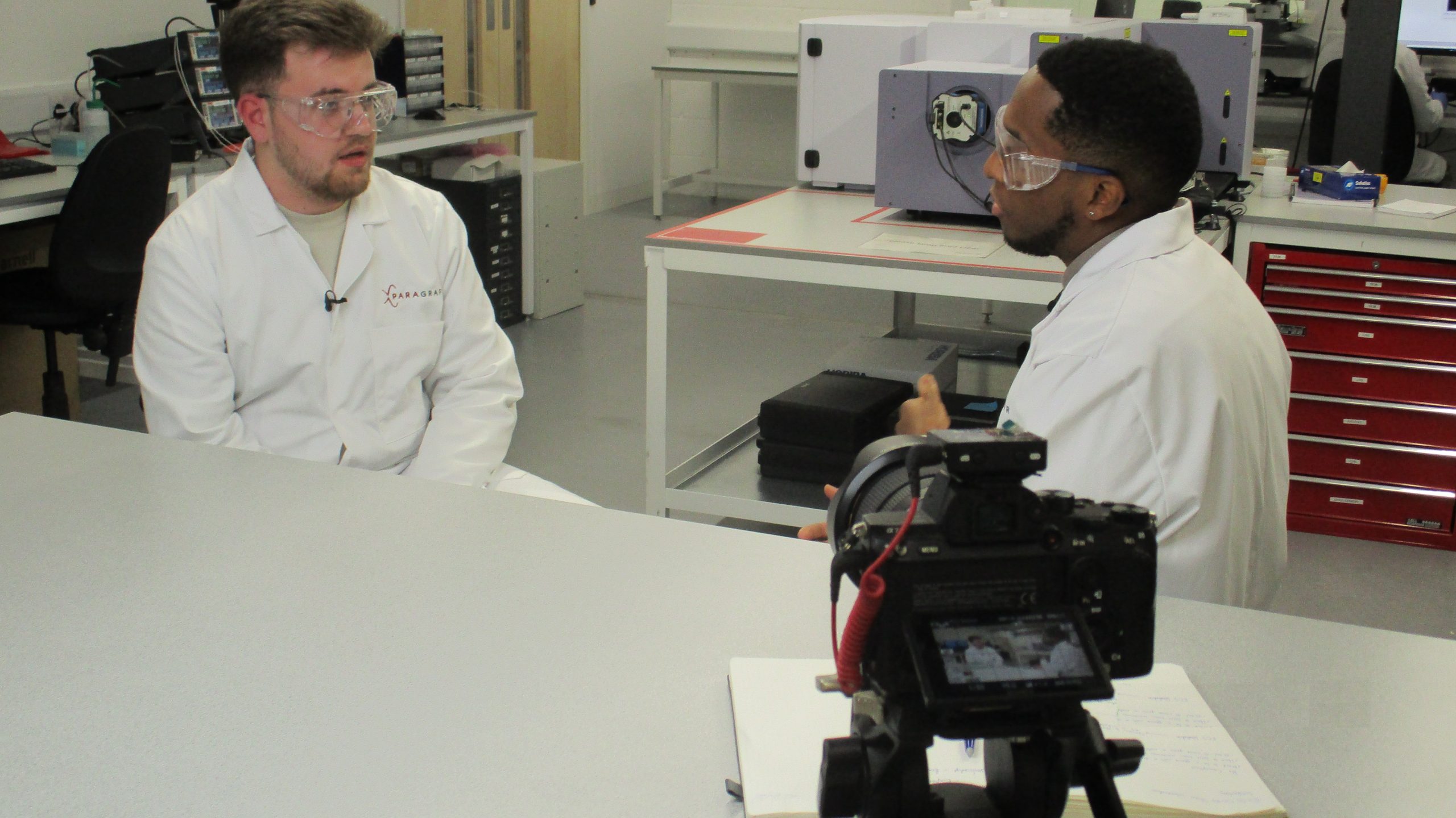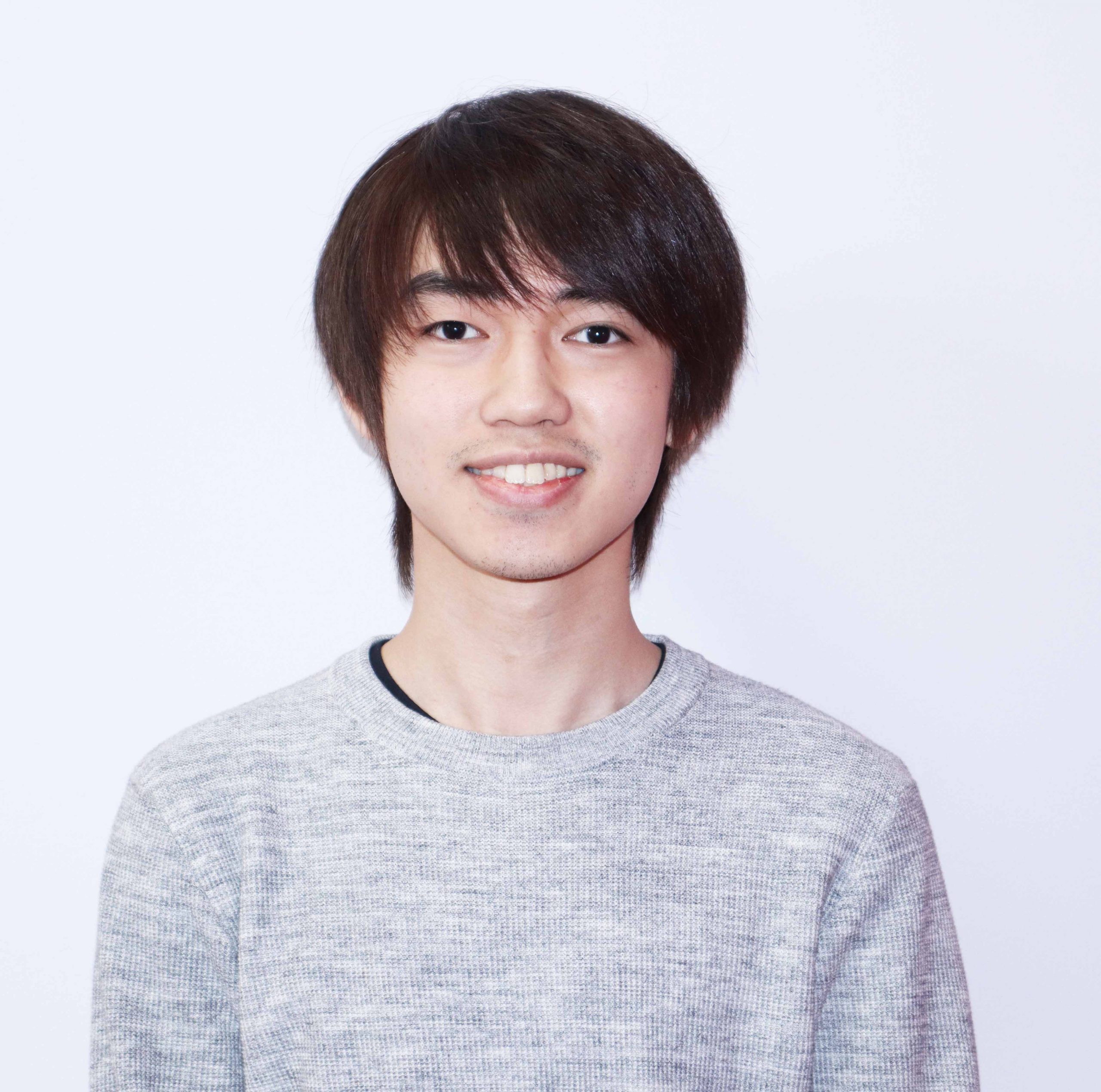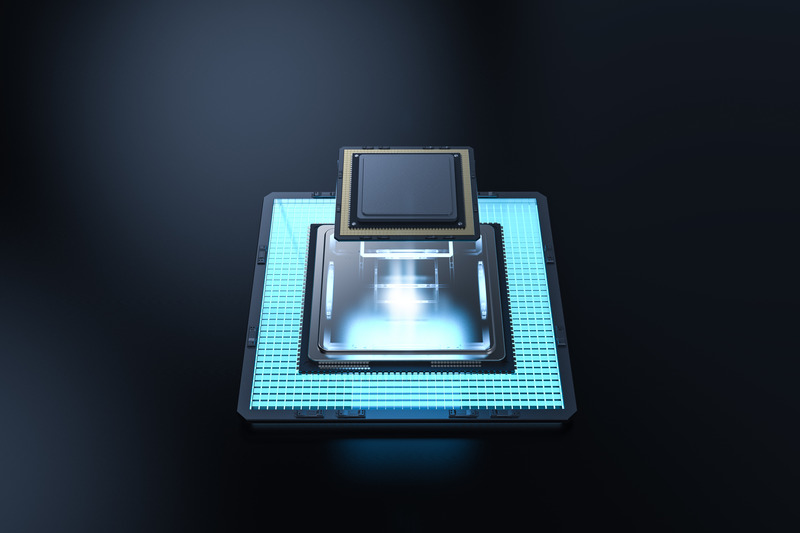
After decades of existing primarily in theory and experimentation, quantum computing appears poised to realize its potential for solving real-world problems that are beyond the capability of classical computers.
Google, which declared itself the first company in the world to achieve ‘quantum supremacy’ when they introduced their Sycamore quantum computer in 2019, has recently announced that they have created a next-generation quantum system that is 241 million times more powerful[1].
Another sign of quantum computing’s journey to marketization is the recent increase in investment from private capital and national governments. An estimated $2.35 billion (US) was invested in quantum technologies start-ups in 2022[2]. Earlier this year, the government pledged £2.5 billion over the next ten years to develop homegrown quantum technologies, which its own report admits is far less than China, Japan, the EU and US are contributing to their own quantum industries[3].
Over the next few weeks, we will be publishing a series of blogs about how Paragraf’s cryogenic sensors are providing solutions for this emerging technology. Specifically, these articles will cover:
- Part 1: Defining quantum computing
- Part 2: Using Paragraf cryogenic sensors in low-field quantum applications
- Part 3: Using Paragraf cryogenic sensors in high-field quantum applications
- Part 4: Additional applications for Paragraf cryogenic sensors
How does quantum computing work and for what purpose?
The fundamental distinction between classical and quantum computing lies in their respective basic unit of information. The classical bit is a binary unit whose state is expressed as either ‘0’ or ‘1’. Quantum computers rely instead on the qubit, an abstraction that mimics the behaviour of atomic particles. A qubit can occupy a ‘superposition’, which is a continuous state between ‘0’ and ‘1’[4]. By manipulating the characteristics of the qubit, a quantum computer can account for the full range of probabilities contained within the qubit’s superstate. Qubits, like electrons in atoms, interact with one another through a process called ‘entanglement’ where one qubit mirrors its counterpart, expanding the amount of information stored in the qubits.
The nuances of qubit behaviour empower quantum computers to take on extremely complex problems beyond the reach of their classical counterparts. It’s not that classical systems are not able to solve these complex problems, only that they would require far longer to make the necessary calculations – years, as opposed to seconds. As such, quantum computing is only appropriate for applications that require especially complex tasks, such as cryptography, modelling chemical reactions and enhancing machine learning/AI. When applied to these tasks, quantum stands to have substantial impact on financial services, pharmaceutical development, supply chain management and manufacturing.
Uncertainty remains about what process will win out in the race for establishing a quantum computing industry. Boston Consulting Group identifies five different hardware technologies that are currently competing for position as the leading technology in the field: superconductors, ion traps, photonics, quantum dots and cold atoms[5]. Each of these technologies is being developed by prominent tech giants, such as Google, Honeywell and Intel; and they have all demonstrated strengths in particular applications. While no one technology must emerge above all others to define the quantum industry, the potential market share for each of these approaches – as well as any others that may yet emerge – is uncertain; and much remains to be determined about the support mechanisms that will arise around these technologies.
Where does Paragraf come in?
Qubits can be highly susceptible to magnetic fields; and Hall effect sensors are required both to eliminate the influence of external magnetic fields and to calibrate the magnets used in operation of the quantum system. Further, some quantum hardware systems – viz., superconductors and quantum dots – require cryogenic temperatures to reduce environmental effects. Paragraf’s cryogenic Hall sensors are uniquely able to perform at extreme low temperatures while maintaining linearity across a wide range of field strengths.
Please check back over the next few weeks to read more about how our sensors meet the specific demands of quantum computing. In the meantime, please sign up for our mailing list using the below form, and contact us directly to discuss how Paragraf can provide Hall sensor solutions for your business.
[1] Google quantum computer instantly makes calculations that take rivals 47 years – Telegraph
[2] Quantum Technology Monitor April 2023 – McKinsey
[3] National Quantum Strategy – publishing.service.gov.uk
[4] A Review on Quantum Computing: Qubits, Cryogenic Electronics and Cryogenic MOSFET Physics – arXiv
[5] What Happens When ‘If’ Turns to ‘When’ in Quantum Computing? – Boston Consulting Group

